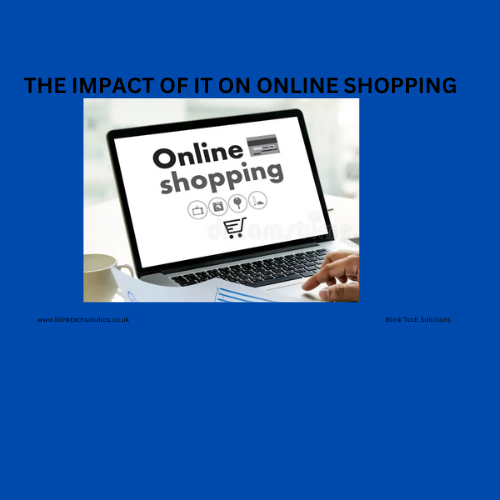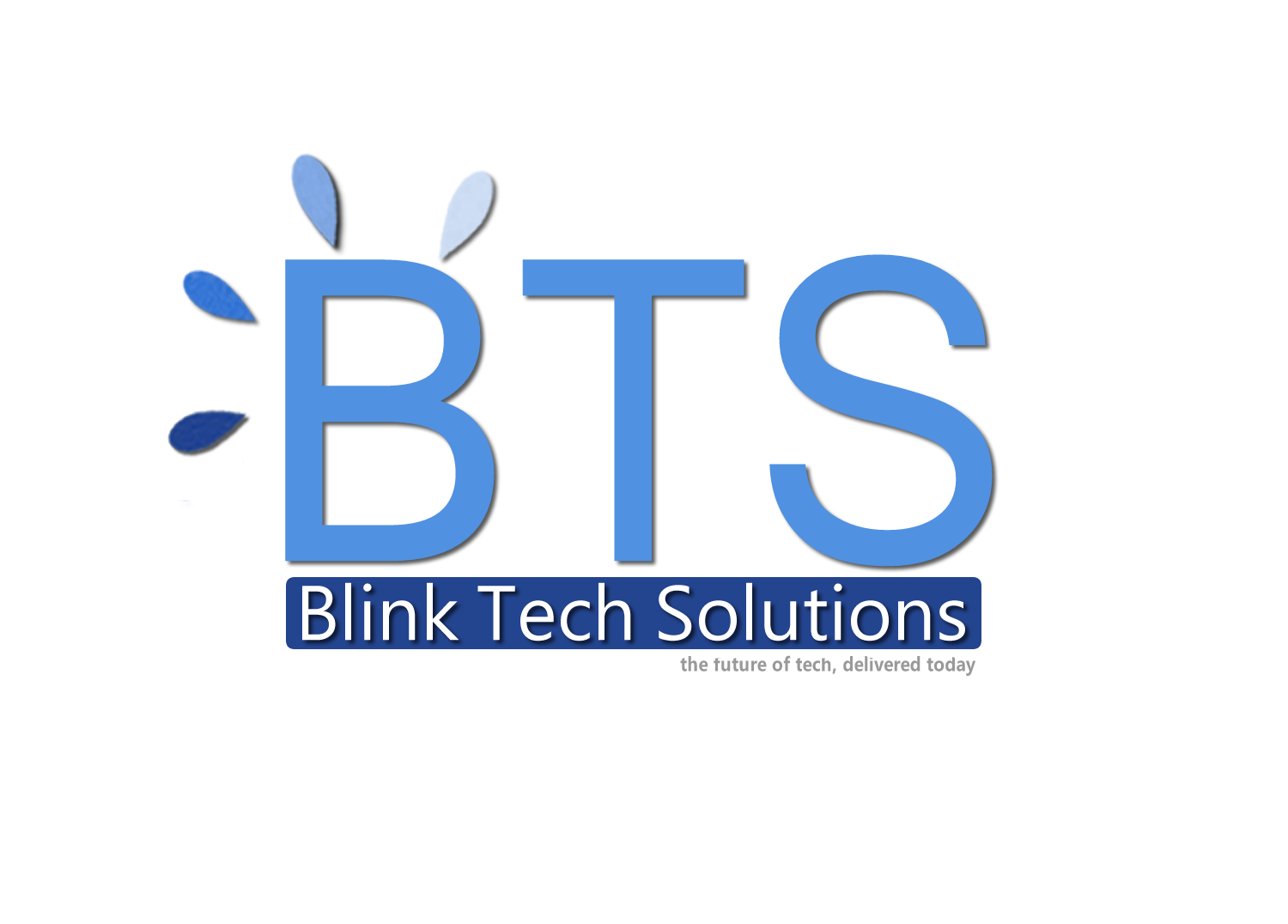
With the rapid advancement of Information Technology (IT), we have changed the way we shop. In order for online shopping to become smarter, faster, and more engaging, IT plays a pivotal role. Taking a look at consumer interactions with digital marketplaces and how IT is shaping the future, we explore how IT is transforming e-commerce.
1. Providing personalized shopping experiences
It’s hard to imagine a situation where a website knows exactly what you’re looking for. It’s the power of AI (Artificial Intelligence) and machine learning. Using these technologies, product recommendations are tailored based on past purchases, browsing histories, and preferences. Here are some examples:
- Using AI algorithms, online retailers suggest products based on your interests or style.
- As a result of dynamic pricing, prices are adjusted in real-time in response to demand, ensuring that deals are competitive.
By utilizing natural language processing (NLP), chatbots offer 24/7 customer service, answering queries and helping customers select products, enhancing the overall experience of online shopping.
2. Immersive technologies’ growth
It’s no longer possible to estimate the fit or appearance of a product. The IT industry has introduced Augmented Reality (AR) and Virtual Reality (VR) to assist customers in making better decisions.
- Many furniture retailers, including IKEA, allow you to virtually place furniture in your home to see how it fits and looks.
- Clothing, shoes, and accessories can be virtually tried on before purchasing, ensuring a perfect fit.
Online shopping can be as enjoyable as shopping in a physical store with these immersive experiences.
3. Building trust and enhancing security
Security is one of the most important aspects of e-commerce. A number of advanced technologies are used by the IT industry to ensure secure transactions:
- Secure payment gateways protect customers from fraud by encrypting sensitive data.
- Two-factor authentication (2FA) provides additional security layers, including fingerprint identification and facial recognition.
Also emerging in e-commerce is blockchain technology, which offers transparency and traceability for products, especially in the luxury and ethical market.
4. Easy payment options and seamless checkout
In recent years, information technology has transformed the checkout process, making it more convenient and faster.
- A digital wallet such as PayPal, Google Pay, or Apple Pay allows transactions to be completed in a matter of seconds.
- Buy Now Pay Later (BNPL) offers customers the option to spread payments over time with services such as Klarna and Afterpay.
- The use of cryptocurrency by businesses is on the rise as they cater to tech-savvy customers.
A reduction in cart abandonment rates is achieved through these innovations, as well as an improvement in the overall shopping experience.
5. Improved logistics and inventory management
Information technology ensures efficient operations, ensuring the right products are available to customers at the right time.
- AI-powered inventory systems monitor demand trends to prevent overstocking.
- Transparency is achieved through real-time tracking, letting customers follow their package from start to finish.
- The future of logistics is being shaped by innovations like drones and autonomous delivery vehicles, as well as route optimization tools that make deliveries faster and more cost-efficient.
6. Analytics and Data Power
To enhance business strategies, e-commerce relies on data analysis, which is made possible by IT.
- Customer behavior analytics helps retailers improve their product offerings by understanding customer preferences.
- Tools like CRM (Customer Relationship Management) allow companies to track customer interactions and personalize their communications in order to strengthen customer relationships.
- Through predictive analytics, businesses can anticipate trends, optimize prices, and plan marketing campaigns more efficiently.
7. Social Shopping and Integration
Through technology, social media and e-commerce have become increasingly intertwined. Shoppable posts are available on platforms such as Instagram, Facebook, and TikTok, allowing users to purchase items directly from their feeds.
- AI-driven trend analysis predicts social media behaviors and helps brands stay on top.
- Online shopping is made more interactive through live-stream shopping events.
The advantages of social shopping are that it creates a seamless experience for customers, bridging the gap between browsing and buying.
8. Cloud computing’s scalability
With IT, millions of users can access e-commerce platforms at the same time without having their experience disrupted.
- Cloud computing makes it easy for businesses to scale their operations during peak shopping seasons such as Black Friday and Cyber Monday.
- By utilizing Content Delivery Networks (CDNs), you can improve the user experience, reduce bounce rates, and ensure that pages load quickly.
A global marketplace can be competed in even by small businesses because of this scalability.
9. Shopping ethically and sustainably
In an effort to reduce the environmental impact of business practices, IT is helping businesses adopt greener practices.
- With artificial intelligence, supply chains can be optimized to reduce waste and carbon emissions.
- A growing number of online platforms now highlight eco-friendly and ethical products for consumers who are aware of their impact.
By using filters, customers can find sustainable options that align with their values.
10. The Future of Online Shopping
It is expected that IT innovations will continue to evolve in the near future, bringing even more exciting changes:
- Voice shopping, made possible by virtual assistants such as Alexa and Siri, is replacing traditional shopping with hands-free shopping.
- Hyper-personalization enables AI to predict customer needs even before they are aware of them, so that customer experiences are taken to the next level.
- As a result of quantum computing, logistics could be revolutionized, allowing near-instant deliveries and inventory management to be improved.
Conclusion
Online shopping has been transformed by technology into a dynamic, personalized, and secure experience. AI-driven recommendations, augmented reality try-ons, and blockchain-based trust systems make online shopping both convenient and necessary for modern consumers. In an era when IT is constantly innovating, e-commerce’s future looks even more exciting.
The digital revolution in shopping is just getting started. Enjoy it!

